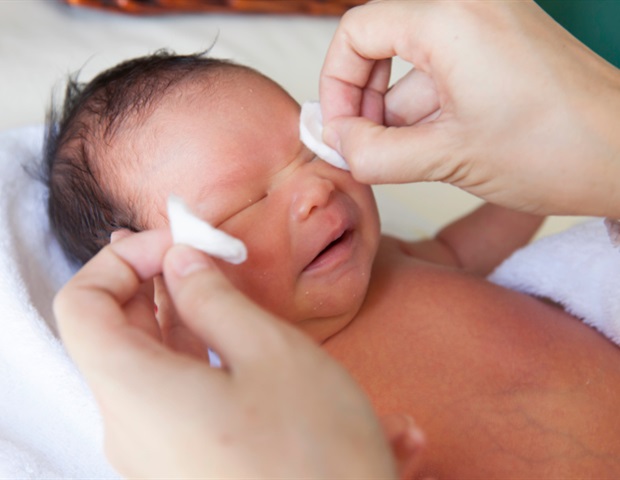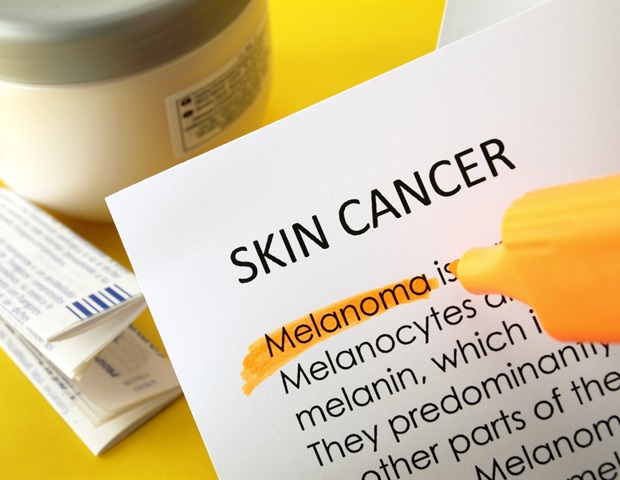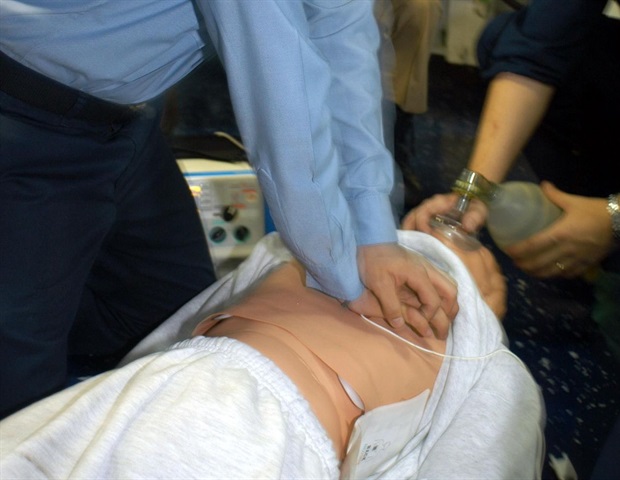Anti-obesity medications linked to reduced alcohol use, possibly due to effects on cravings and reward systems, with behavioral strategies also playing a role.
 Study: Alcohol Use and Antiobesity Medication Treatment. Image Credit: PeopleImages.com - Yuri A / Shutterstock.com
Study: Alcohol Use and Antiobesity Medication Treatment. Image Credit: PeopleImages.com - Yuri A / Shutterstock.com
In a recent study published in the JAMA Network Open, researchers evaluated changes in alcohol use among individuals enrolled in a telehealth weight management program after initiating antiobesity medication (AOM).
How do AOMs impact alcohol use?
AOMs, such as glucagon-like peptide-1 receptor agonists (GLP-1 RAs), are effective for achieving significant weight loss. Notably, GLP-1 RAs have also been linked to reduced incidence and recurrence of alcohol use disorder, thus suggesting potential dual benefits of these medications.
Investigating the impact of various AOMs on alcohol consumption can provide valuable insights into their broader behavioral effects. Comparative studies on different AOMs and their influence on alcohol use are essential to understanding their therapeutic scope and mechanisms better. Thus, further research is needed to explore these interactions and inform better approaches in weight management and addiction treatment.
About the study
In the current study, participants were recruited from the WeightWatchers (WW) Clinic telehealth medical weight management program. Eligibility criteria included individuals who initiated an AOM between January 2022 and August 2023 and refilled the same AOM between October and November 2023.
The Henry Ford Health institutional review board approved the study. Informed consent was removed, as data were collected as part of clinical care and subsequently deidentified. The study adhered to the Strengthening the Reporting of Observational Studies in Epidemiology (STROBE) guidelines.
AOMs were categorized as bupropion, metformin, and naltrexone, first-generation GLP-1 RAs such as liraglutide and dulaglutide, or second-generation GLP-1 RAs such as tirzepatide and semaglutide. Individuals using an AOM prior to enrollment or with a history of bariatric surgery due to differing risk profiles for alcohol use disorder were excluded from the analysis.
Baseline surveys collected demographic data, including age, sex at birth, race, ethnicity, height, weight, and weekly alcohol consumption. Body mass index (BMI) was calculated from reported height and weight measurements.
All study participants completed follow-up surveys reporting alcohol use at the time of AOM refill. Statistical analysis utilized multivariate logistic regression to evaluate alcohol use changes while incorporating covariates linked to weight and alcohol consumption. Analyses were performed using R software.
Study findings
Data were obtained from a total of 14,053 individuals, 86% of whom were female. The mean age of the participants was 43.2 years, whereas the mean BMI was 36. About 0.8% of the study participants failed to complete the follow-up survey.
Over 86% of the study cohort were prescribed second- generation GLP-1 RAs, whereas smaller groups received first-generation GLP-1 RAs, bupropion/naltrexone, or metformin. The study cohort included individuals across a wide range of obesity classes, 41.3% of whom were classified as obesity class I, 26% as class II, and 21% as class III.
At baseline, 53.3% of study participants reported consuming alcohol, 45.3% of whom decreased their alcohol use after initiating an AOM. Meanwhile, 52.4% of these participants reported no change in their alcohol consumption habits, whereas 2.3% reported increased alcohol use.
Across all participants, 24.2% experienced a reduction in alcohol use. Individuals with higher obesity classes and more significant baseline alcohol consumption were more likely to report reduced alcohol use.
Participants receiving bupropion/naltrexone were more likely to decrease alcohol use as compared to those prescribed metformin. However, this association lost statistical significance after adjusting for weight loss, thus suggesting that the observed reductions in alcohol use may be partially mediated by weight loss itself rather than the specific effects of bupropion/naltrexone.
The duration between AOM initiation and follow-up was an average of 224.6 days, during which participants experienced an average weight loss of 12.7% of their initial body weight.
Conclusions
Nearly half of individuals consuming alcohol at baseline reduced their alcohol consumption following the initiation of AOMs. Potential mechanisms for this association include pharmacological effects, such as the ability of naltrexone to reduce alcohol cravings, as well as the impact of GLP-1 RAs on attenuating the rewarding effects of alcohol use.
Reduced alcohol use among metformin users may reflect behavioral changes associated with weight management programs, in which limiting alcohol is encouraged to reduce caloric intake and enhance cognitive restraint. Motivated participation in health behavior interventions likely contributed to these findings.
Journal reference:
- Miller-Matero, L. R., Yeh, H., Ma, L., et al. (2024). Alcohol Use and Antiobesity Medication Treatment. JAMA Network Open. doi:10.1001/jamanetworkopen.2024.47644

 2 hours ago
1
2 hours ago
1















.png)

.png)
.png)
.png)













 English (US) ·
English (US) ·  Hindi (IN) ·
Hindi (IN) ·